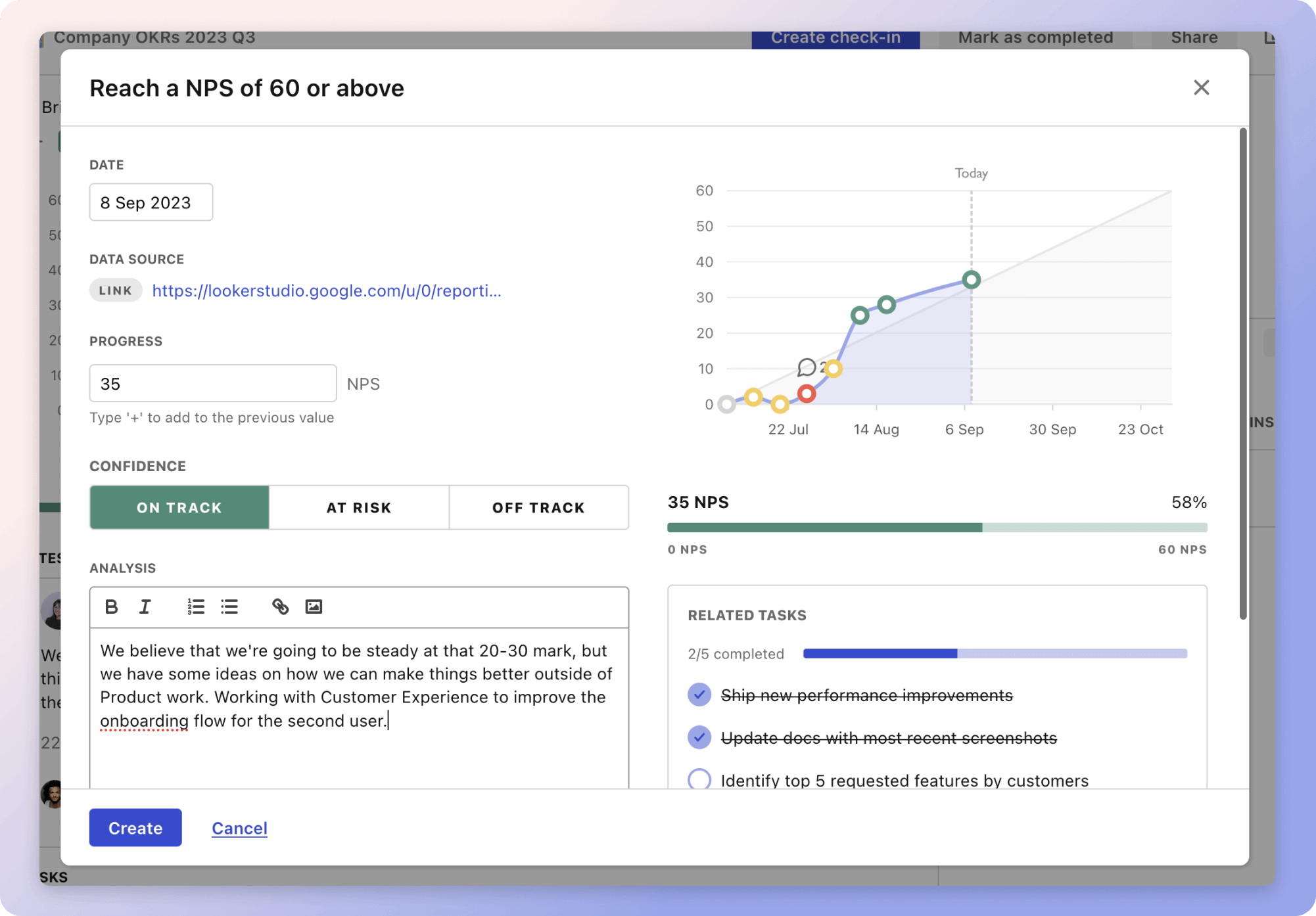The strategy "Adjusting Number Preference Based on Pattern Analysis" involves optimizing numeric values in datasets by identifying patterns through three main approaches: data visualization, machine learning, and statistical analysis.
First, utilizing data visualization tools like Tableau or Power BI helps identify common patterns, enabling teams to create visuals that track changes over time. For example, visualizing sales data can reveal seasonal patterns affecting inventory decisions.
Next, implementing machine learning algorithms involves researching appropriate models to detect patterns. By training these models with quality data, organizations can predict number adjustments, such as altering product prices based on consumer demand patterns.
Lastly, conducting statistical analysis can uncover significant trends using methods like regression analysis. By comparing current data to historical baselines, companies can make data-driven decisions to adjust numeric preferences, ensuring the most beneficial outcomes.
The strategies
⛳️ Strategy 1: Utilise data visualisation tools
- Identify the most common data visualisation tools such as Tableau or Power BI
- Collect sample data to visualise and identify patterns
- Create visuals for identified patterns in the dataset
- Train team members on how to interpret visualised data
- Use visualisations to track changes in number preferences over time
- Explore advanced visualisation techniques for deeper insights
- Compare visualisations with historical data to see patterns
- Adjust data input based on visual patterns and trends identified
- Review and refine data visualisation methods quarterly
- Document findings and update stakeholders on visual insights
⛳️ Strategy 2: Implement machine learning algorithms
- Research appropriate machine learning algorithms for pattern recognition
- Acquire quality datasets for training machine learning models
- Divide data into training and testing sets to validate model accuracy
- Train the model to identify patterns within the data
- Regularly update the model with new data to improve accuracy
- Deploy the model to predict number adjustments based on patterns
- Interpret the model's predictions and make adjustments accordingly
- Monitor algorithm performance and make necessary adjustments
- Collaborate with a data scientist to refine the algorithm
- Evaluate the effectiveness of machine learning in achieving objectives
⛳️ Strategy 3: Conduct statistical analysis
- Gather complete datasets for comprehensive statistical analysis
- Choose appropriate statistical methods such as regression analysis
- Use statistical software like SPSS or R for detailed analysis
- Analyse datasets to determine significant patterns and trends
- Establish baselines for normal data patterns
- Compare current data against historical baselines
- Quantify the relationship between different numeric trends
- Prioritise changes in number preferences based on statistical significance
- Share analysis results and gain feedback from stakeholders
- Iterate analysis at regular intervals to ensure ongoing accuracy
Bringing accountability to your strategy
It's one thing to have a plan, it's another to stick to it. We hope that the examples above will help you get started with your own strategy, but we also know that it's easy to get lost in the day-to-day effort.
That's why we built Tability: to help you track your progress, keep your team aligned, and make sure you're always moving in the right direction.

Give it a try and see how it can help you bring accountability to your strategy.
